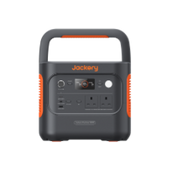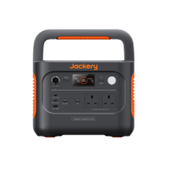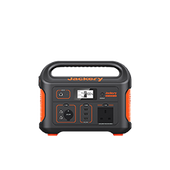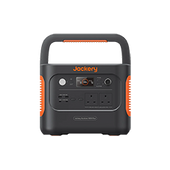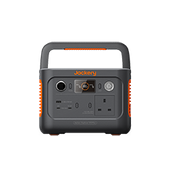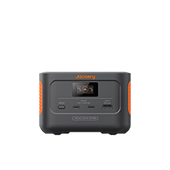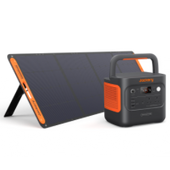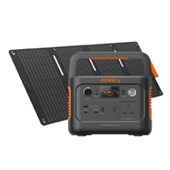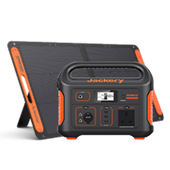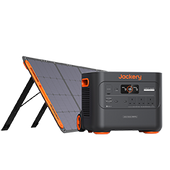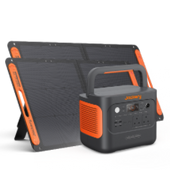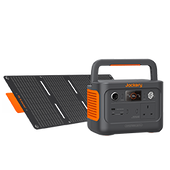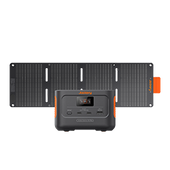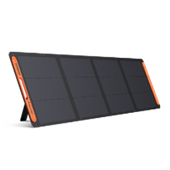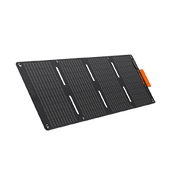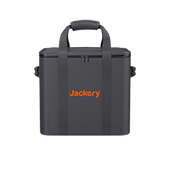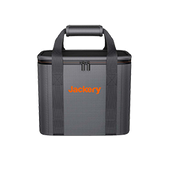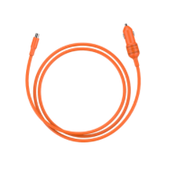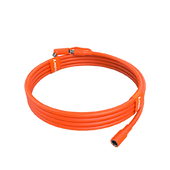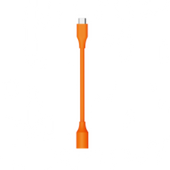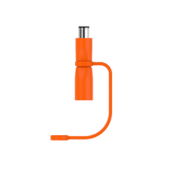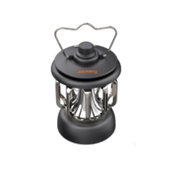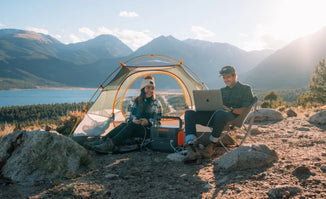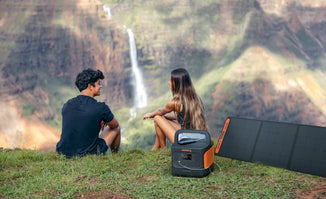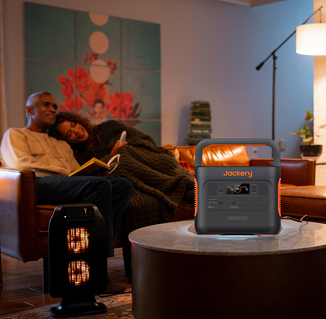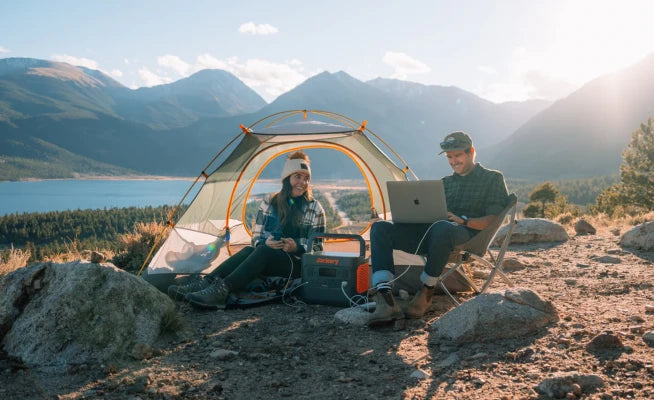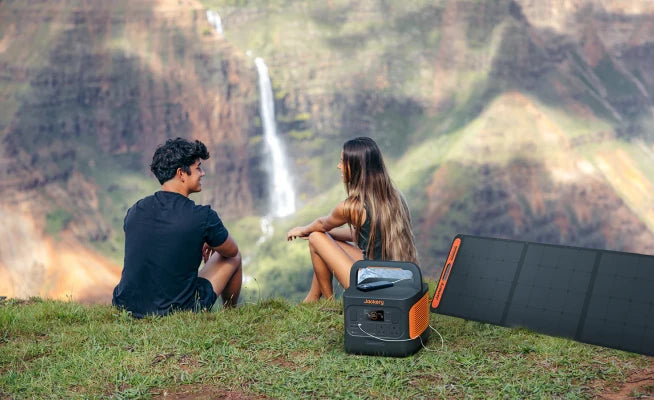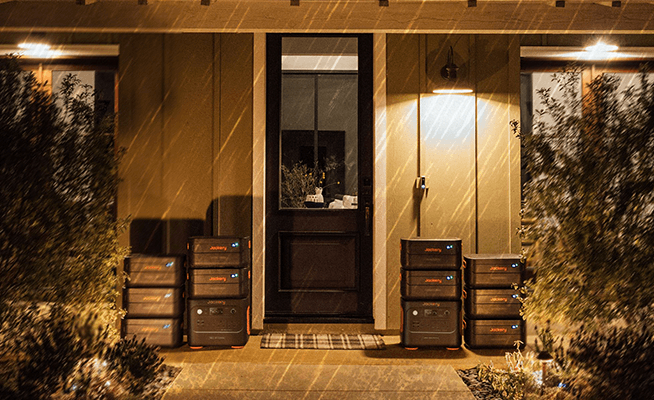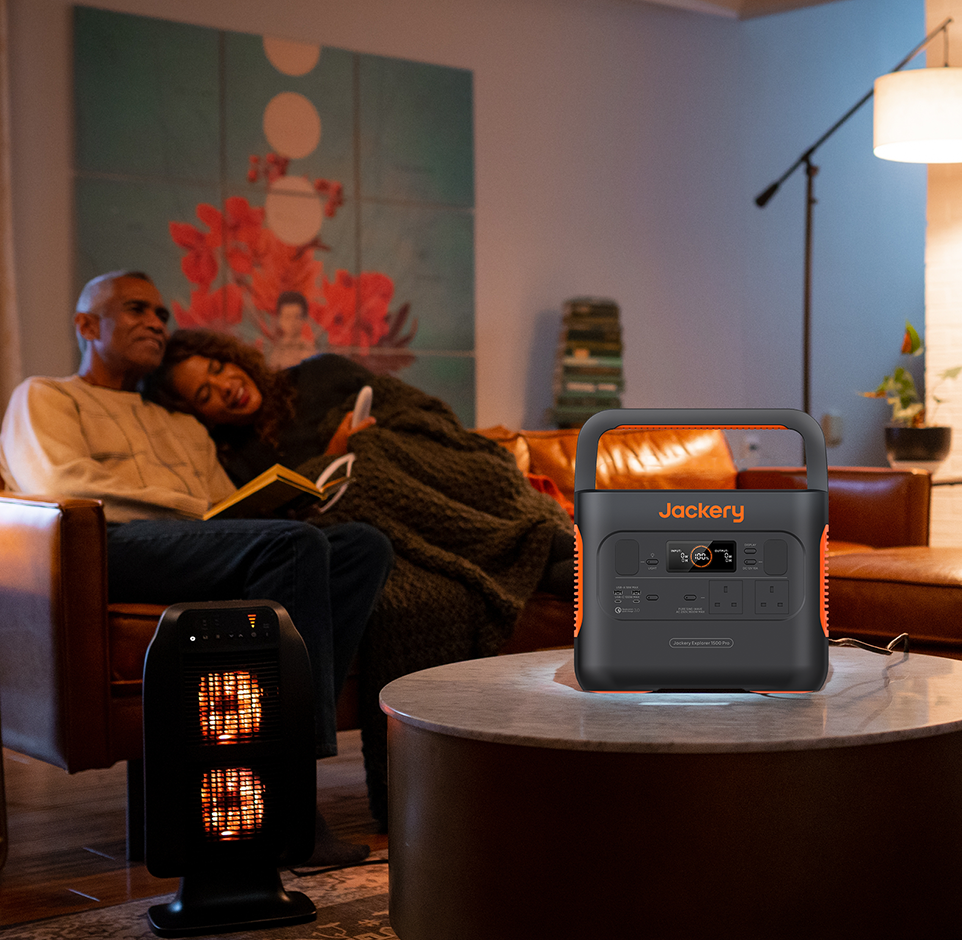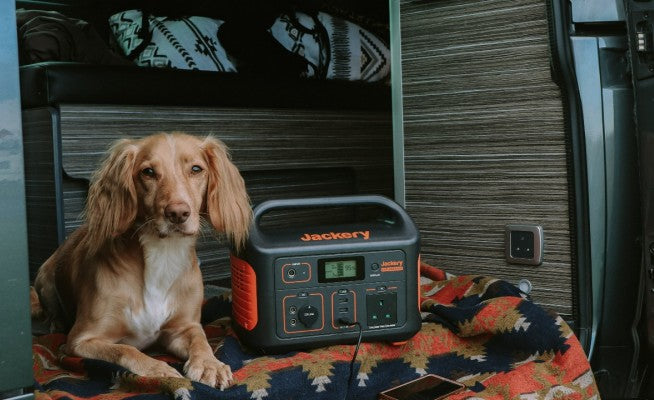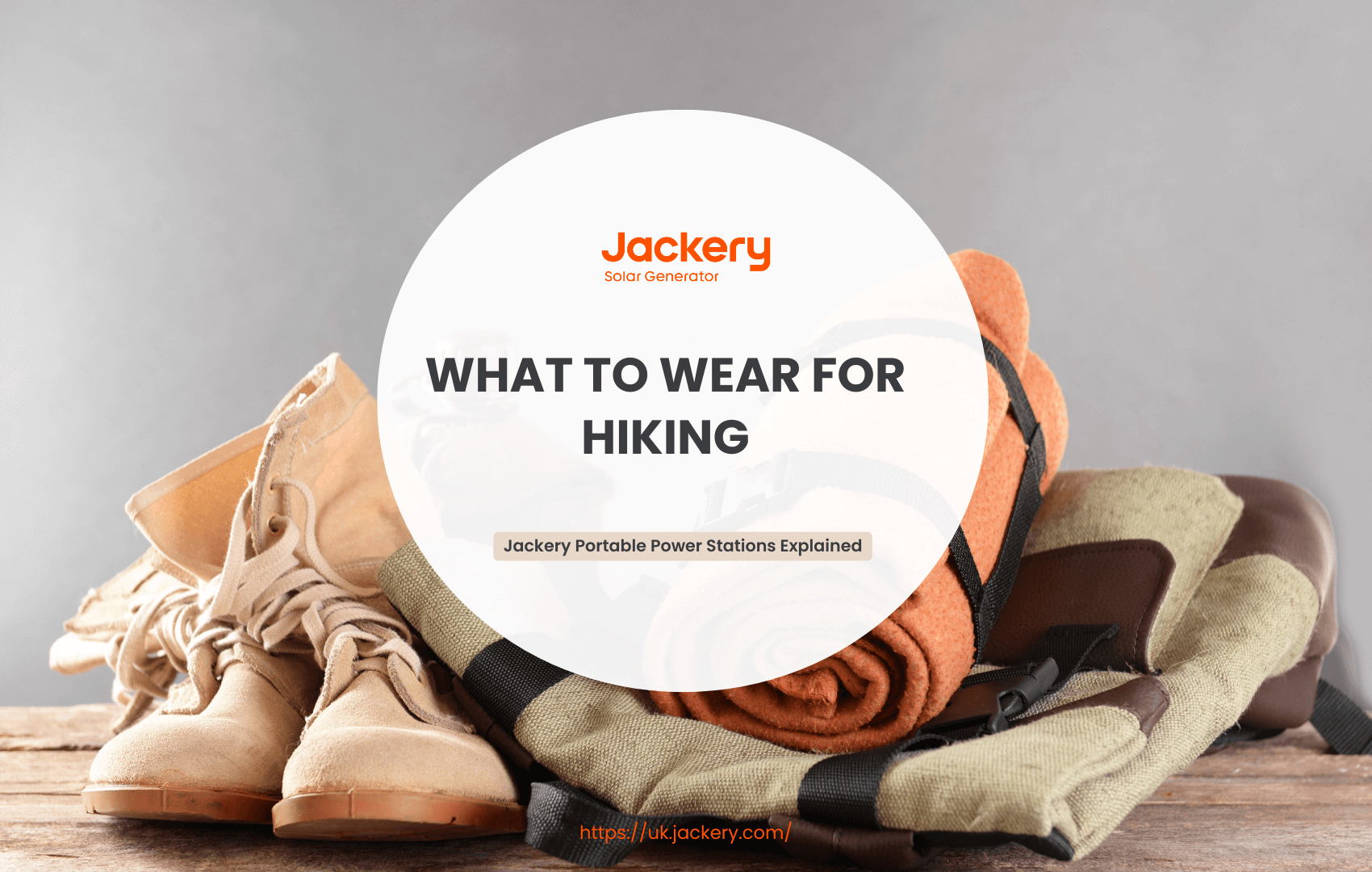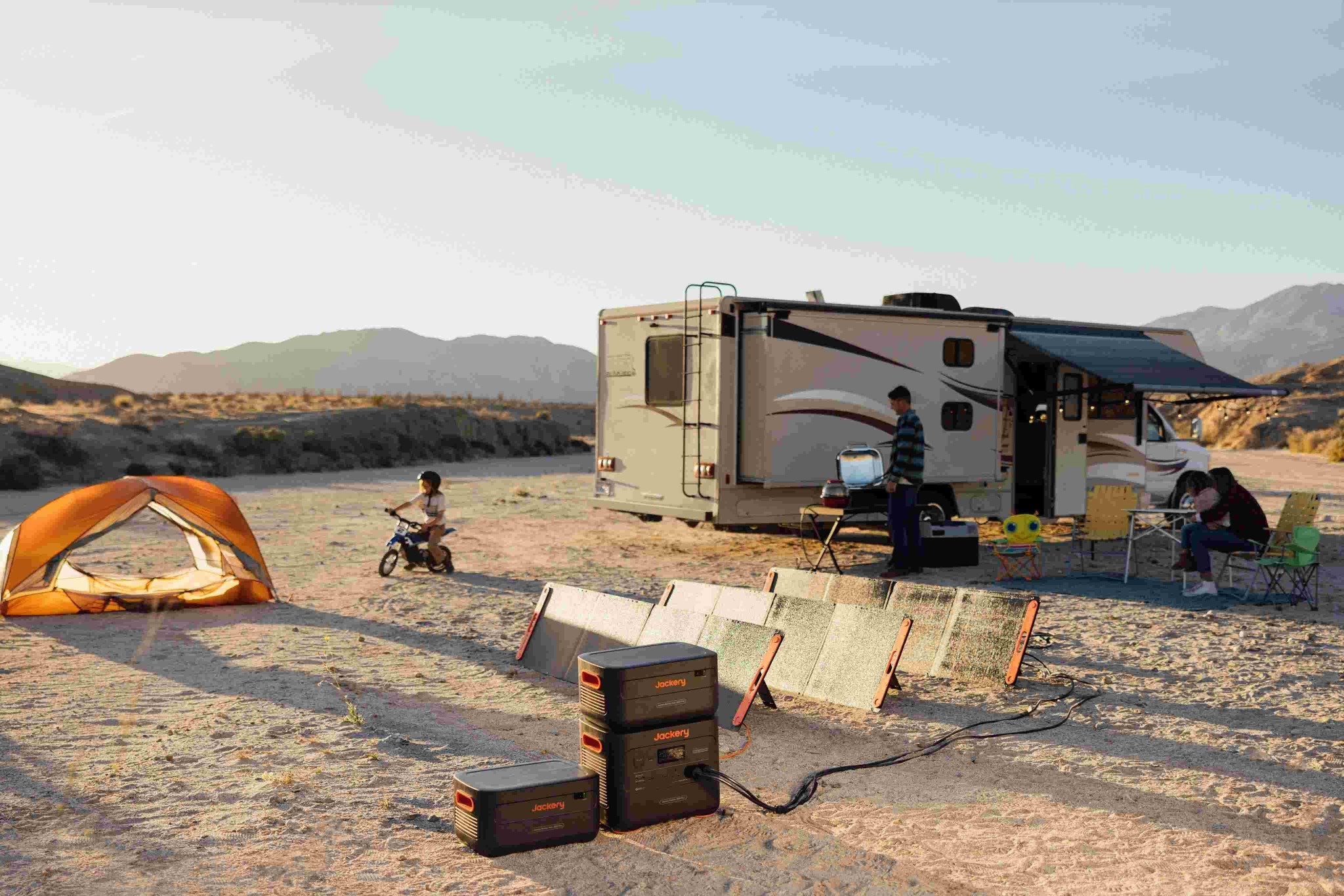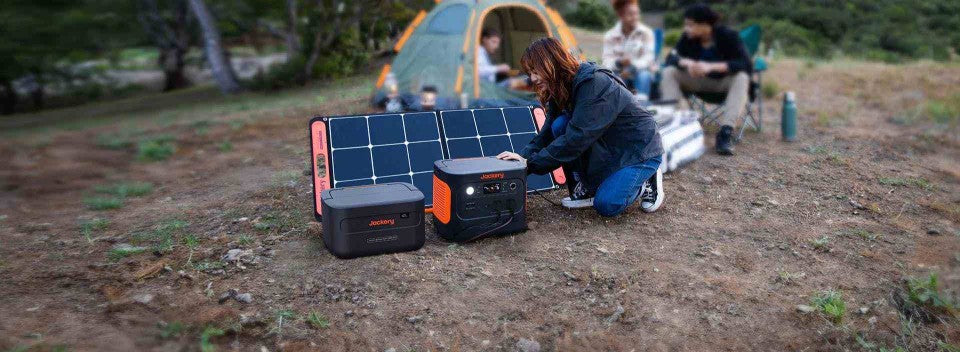Correct and appropriate clothing can keep out the cold, be breathable and dry quickly, and protect hikers from attacks such as rain, snow, wind, scorching sun, and insect pests. However, when deciding what to wear for hiking, you must consider the terrain, weather, and physical conditions.
For example, you need to wear fleece clothes, high-top waterproof hiking boots, wool socks, etc., when hiking in winter, while you can consider wearing quick-drying short sleeves and breathable shorts in the hot summer. Therefore, we have compiled a practical guide to hiking clothing, covering useful information from tops, pants, shoes and other practical accessories for reference by all hikers.
|
Key Takeaways: |
|
- When deciding what to wear for hiking, consider the terrain, weather, and physical conditions. - When hiking, please follow the layered dressing method for the upper body to cope with the changeable weather. - Cotton clothes, restrictive pants, ill-fitting shoes, and accessories without protective functions are unsuitable for hiking. - When choosing hiking clothes, consider the six dimensions of material, functionality, colour, lightweight, and sustainability. - In summer, with high temperatures and intense ultraviolet rays, you can wear short-sleeved shirts, quick-drying pants, low-top breathable hiking shoes, breathable, antibacterial socks, sun hats, sunglasses, etc. - The portable power supply is also essential for hiking gear, except for backpacks and food. We recommend the Jackery Explorer 100 Plus portable power station for powering electronics and devices outdoors. |
How to Decide What to Wear for Hiking?
The choice of clothing for hiking directly affects the comfort and safety of the trip. In the face of a changing outdoor environment, a reasonable combination of clothing can not only cope with weather changes but also protect the body and enhance the hiking experience. Therefore, when deciding what to wear for hiking, the following factors need to be considered comprehensively to ensure comfort, safety and adaptability:
Hiking Terrain
Different hiking clothing is usually required to cope with varying terrains. Hikers must wear long sleeves and long pants for dense jungles or shrubs to prevent mosquitoes and plant scratches. Snow hiking may require snow goggles to prevent snow blindness. Desert hikers need to wear loose clothing to cover the skin to protect against the sun and wear a headscarf to avoid sand and dust.
Weather Conditions
Choose the thickness of clothing according to the temperature of the hiking departure and destination. For example, in cold seasons, you need to add a warm layer, while in hot seasons, focus on breathable and quick-drying clothing.
In rainy, snowy, or high-humidity environments, you must be equipped with waterproof equipment such as jackets and waterproof shoes and ensure that the clothing is breathable to prevent internal moisture. You must wear a sun hat, sunglasses, or a sun-proof headscarf to avoid sunburn
in strong light environments.
Physical Condition
For those who sweat easily or sweat a lot during hiking, choose clothing with highly breathable fabrics and quick-drying materials and prepare sweat-absorbing headbands. Hikers with joint problems can wear knee pads to reduce joint pressure when hiking on steep sections or carrying weight for a long time. Hikers with sensitive skin and prone to allergies should try to avoid friction with synthetic fibres and choose hiking clothing made of natural materials.
Hiking Clothing System: What to Wear for Hiking?
If you plan to hike, wearing the proper clothing and shoes is essential for your safety and health. Try to choose comfortable, flexible, lightweight and weatherproof clothing and shoes.
Here is a basic list of what to wear for hiking for your reference:

What to Wear on the Upper Body When Hiking?
There are many options for upper-body clothing for hikers, ranging from lightweight T-shirts to jackets and thermal layers. However, the upper body clothing for hiking must be flexible and adjusted according to the season, weather, and hiking intensity, and the layering method must be followed to cope with changing conditions. Here are specific suggestions for what to wear on your upper body when hiking:
Base Layer (Perspiration-Wicking Layer): Moisture-wicking shirts made of silk, merino wool, or synthetic fibres are best for hiking base layers. Long-sleeved moisture-wicking shirts are recommended because they provide sun protection in the summer and warmth in the winter.
Mid-layer (Warmth Layer): Fleece, down, or synthetic cotton jackets are the best warm layers for hiking. However, warm layers may overheat during dynamic activities, so they are recommended as a backup for rest or camp.
Outer Layer (Protective Layer): Hikers can usually choose hard shell jackets, soft shell jackets or even raincoats as the outer layer of their hiking tops. These outdoor jackets are designed to keep hikers warm or protect them from wind, rain and snow.
What to Wear on the Lower Body When Hiking?
Hikers also have many options for their lower body clothing, from cool shorts to comfortable outdoor pants. Lower-body clothing must consider comfort, protection, breathability and flexibility when hiking. The following are specific suggestions on what to wear on the lower body when hiking:
Quick-Drying Trousers: Quick-drying trousers are made of nylon or spandex blends. They are lightweight, quick-drying, wear-resistant, and sun-/mosquito-proof. They are usually suitable for complex terrains such as bushes and rocks.
Soft-Shell Pants: Soft-shell pants are usually made of elastic fabrics and have a windproof and waterproof coating. They can protect against wind and light rain and retain more warmth than quick-drying pants. They are usually suitable for significant temperature differences or changeable weather.
Shorts: Shorts are ideal for hiking in the summer, as long as you are not planning on trekking through thorny or mosquito-infested bushes.
What to Wear on the Foot When Hiking?
From sneakers and trail running shoes to hiking shoes, hikers also have many choices of shoes. The comfort and safety of hiking depend mainly on the boots. Hikers usually choose what shoes to wear according to the terrain and intensity of the hike. Here are specific suggestions on what shoes to wear when hiking:
Mid-Cut Hiking Shoes: Mid-cut hiking shoes can provide better ankle support and prevent the entry of gravel, and they are the first choice for most hikers. They suit moderately complex routes, multi-day hikes, or heavy backpacks.
High-Cut Hiking Boots: High-cut hiking boots can provide the strongest support and stability, protect the ankle from sprains, and are suitable for plateau or long-distance hikes with heavy equipment.
Trail Running Shoes: These are ultra-light, breathable, and do not require breaking in. They are more suitable for lightweight, fast hikes or dry and flat routes.
What to Wear Accessories for Hiking?
In addition to the core clothing and shoes, accessories such as underwear, socks, hats, glasses, gloves, etc. play a key role in hiking. Here are some specific suggestions for accessories to wear during hiking:
Underwear or Briefs: For long hikes, choose sweat-wicking, breathable, quick-drying wool or synthetic bras or briefs. Avoid bras with metal or plastic buckles and choose seamless sports bras to reduce discomfort caused by friction from the backpack.
Socks: Mid-high socks protect the ankles and prevent sand and stones from entering the shoes. I prefer socks made of synthetic fibres or wool blends that absorb moisture and sweat.
Hats: Hats are decorative and the core of head protection. For example, wide-brimmed hats have a large sun protection area, while fleece hats can effectively keep warm in cold environments at high altitudes.
Sunglasses: Sunglasses (with UV protection) can effectively prevent ultraviolet rays, wind and sand, and intense light from damaging the eyes. For long-term snow hiking, one must avoid snow blindness, so one should choose full-coverage lenses or wear goggles.
Gloves: Wearing thin nylon gloves for hiking in spring and summer can protect against the sun. Thick gloves with fleece or wool can prevent frostbite in autumn and winter.

What Shouldn't You Wear When Hiking?
For hikers, incorrect clothing affects comfort and may also bring safety hazards. The following are items that should not be worn when hiking and the reasons:
Clothes That Should Not Be Worn When Hiking
It is usually not suitable to wear cotton, heavy or non-breathable clothing when hiking. The following are some types of clothing that should not be worn when hiking:
Cotton Clothing: Cotton clothing absorbs sweat strongly and is difficult to dry quickly. After sweating a lot during hiking, wet and cold cotton clothes stick to the skin, which can easily cause body temperature to drop and cause cold and even joint problems.
Sweater: Although sweaters are warm, they are bulky and non-breathable. Wearing them for a long time while hiking can easily cause stuffiness and sweat accumulation, and friction can easily pill, affecting flexibility.
Pants That Should Not Be Worn When Hiking
Wearing pants that feel restrictive or easy to tear when hiking is usually unsuitable. The following are some types of pants that should not be worn when hiking:
Jeans: Jeans are thick and have poor elasticity. They can easily restrict leg movements and rub the skin when climbing or crossing complex terrain.
Silk Pants: Silk pants are soft but easy to tear when encountering external forces and challenging to resist thorns or rocks.
Tights: Tights have poor air permeability and can easily cause skin friction and damage during long-term hiking.
Shoes That Should Not Be Worn When Hiking
Shoes with fragile soles or ill-fitting shoes are generally not suitable for hiking. The following are some types of shoes that should not be worn when hiking:
Sandals/Slippers: Slippers or sandals do not protect the feet and can easily be scratched by gravel or branches or cause ankle sprains.
Canvas shoes are not waterproof, easily breed bacteria when wet, and are worn quickly.
Flat Shoes: They lack cushioning and support and can easily cause pain or blisters on the soles of the feet after long-term walking.
Ordinary Sports Shoes: The soles of ordinary sports shoes have poor anti-slip properties and insufficient support, and long-term hiking may cause foot pain.
New Shoes/Unbroken Hiking Shoes: Wearing unbroken hiking shoes can easily cause foot rubbing and even blisters.
Accessories That Should Not Be Worn When Hiking
It is generally not suitable to wear cumbersome and non-protective accessories when hiking. Here are some accessories that you should not wear when hiking:
Jewellery: Do not wear necklaces, bracelets, or other jewellery when hiking. They are easy to lose and can get caught on plants, causing injuries.
Cotton Hats and Gloves: They absorb sweat and become damp, reducing warmth.
Invisible Socks/Thin Stockings: They are easy to wrinkle in shoes, rub against the skin, and cause blisters.
Tips for Choosing Hiking Clothing
The choice of hiking clothing directly affects comfort, safety and environmental protection. Therefore, when choosing hiking clothing, it is necessary to comprehensively consider the six dimensions of material, functionality, colour, lightweight, craftsmanship and sustainability.

Give Priority to Material
The material of high-quality hiking clothing needs to balance protection and breathability. Try to choose merino wool, polyester, or nylon blended materials for underwear. Avoid cotton materials because they can easily cause hypothermia after absorbing water. Silk is easy to tear and leaves an odour.
Focus on Functional Design
Hiking clothing with multiple pockets is convenient for storing items. Jackets with adjustable cuffs, hems and hoods can flexibly respond to changes in wind speed. Some hiking clothing also has underarm vents to accelerate sweating.
Choose Bright Colors
Light-coloured hiking clothing can reflect sunlight and is suitable for summer, while dark colours absorb light and keep warm and are suitable for cold environments. However, both are not eye-catching and unsuitable for complex terrain or hiking rescue needs. Try to choose high-saturation colours such as red and yellow for hiking clothing to increase recognition by others.
Lightweight Without Excessive Weight
Choose clothing with a simple structural design and no redundant parts to reduce the burden of hiking. For example, try to choose a jacket that weighs less than 400g, a pair of trousers that weigh less than 300g, or a down jacket that weighs less than 200g. Lightweight clothing cannot easily cause excessive weight, especially when carrying spare clothes.
Sustainability and Environmental Protection
Most hiking enthusiasts are also environmental practitioners. They prioritise recycled materials (such as recycled nylon and polyester), organic cotton, or Tencel (biodegradable). Some brands, such as Patagonia, promote environmentally friendly production lines to reduce carbon emissions. They also extend the service life of hiking clothing by repairing it to reduce resource waste.
What to Wear for Hiking on the Different Seasons?
Hiking seasons vary greatly in climate and terrain, so proper dressing must consider comfort, safety, and functionality. The following are dressing suggestions for different seasons to help hikers cope with the changing environment:

What to Wear for Hiking in Spring?
Spring is damp and cool, with large temperature fluctuations and muddy sections. You can wear it in layers and pay attention to waterproof and non-slip.
Base Layer: quick-drying long-sleeved underwear (synthetic fibre or merino wool)
Middle Layer: lightweight fleece or thin down jacket
Outer Layer: windproof and waterproof assault jacket
Pants: removable, quick-drying pants
Shoes: mid-high waterproof hiking shoes
Accessories: non-slip socks, wide-brimmed hat, magic headscarf
What to Wear for Hiking in Summer?
High temperatures, intense ultraviolet rays, and sudden rainstorms characterise summer. Therefore, hiking clothing should consider sun protection, breathability, and quick drying.
Top: quick-drying short-sleeved or long-sleeved sun protection clothing (UPF50+)
Pants: quick-drying pants or breathable shorts
Shoes: low-top breathable hiking shoes or cross-country running shoes
Accessories: breathable, antibacterial socks, sun hats, sunglasses, portable raincoats
What to Wear for Hiking in Autumn?
Autumn is characterised by dryness, coolness, and significant temperature differences. The weather in the mountains is changeable, and there may be early frost. Therefore, clothing for hiking in autumn should focus on warmth and flexibility.
Base Layer: Merino wool underwear
Middle Layer: down vest or thin down jacket
Outer Layer: windproof soft shell or assault jacket
Pants: thick quick-drying pants or soft-shell pants
Shoes: mid-high top hiking shoes
Accessories: woollen hat, warm gloves, scarf
What to Wear for Hiking in Winter?
Winter hiking is usually accompanied by low temperatures, ice and snow, strong winds, and even icy roads. Therefore, winter hiking clothing should be windproof, warm and non-slip.
Base Layer: Thick merino wool base layer
Mid-Layer: Fleece and down jacket
Outer Layer: GTX jacket and pants
Pants: Fleece soft shell pants or ski pants
Shoes: High-top waterproof hiking boots
Accessories: Wool socks, warm hat, ski gloves, mask or goggles, crampons
Jackery Portable Power Stations for Hiking
Besides hiking clothing, backpacks, food, and electronics are also essential hiking gear. The need for a portable power supply to charge electronics and devices is growing. Taking a Jackery Portable Power Station on a hiking trip in the UK is an excellent idea for several reasons: enhancing safety, convenience, and enjoyment.

Your phone, GPS device, or smartwatch is critical for navigation, especially given the UK's often changeable weather and varied terrain (from open moorland to dense forests). A Jackery ensures these devices stay charged, preventing you from getting lost.
In an emergency, a charged phone is vital for calling for help. The signal can be patchy in remote UK areas, so having the power to keep your phone on and ready for a signal is crucial. Even on day hikes, an unexpected delay or change in weather can leave you hiking in the dark. A Jackery can recharge your headlamp, ensuring you have light.
For capturing the stunning scenery of the Lake District, Scottish Highlands, or Jurassic Coast, a power station keeps your camera batteries topped up, allowing you to photograph to your heart's content. Here, we recommend Jackery Explorer 100 Plus portable power station for hiking.
Jackery Explorer 100 Plus
The Jackery Explorer 100 Plus is an excellent choice for hiking in the UK, particularly for day trips, lightweight backpacking, or as a reliable backup for essential electronics.

Minimalist's Dream: At just 965 grams (2.13 lbs) and palm-sized, the Explorer 100 Plus is designed for ultimate portability. This is crucial for hiking where every ounce in your pack matters, especially in the UK's varied terrain. It easily fits into a daypack, side pocket, or even a larger coat pocket, making it unobtrusive on the trail.
Durability and Longevity: Like its larger siblings, the 100 Plus uses a LiFePO4 battery, offering an impressive 2,000 charge cycles to 80%+ capacity. This means it's built to last for years of regular hiking abuse. LiFePO4 batteries are more stable and resistant to extreme temperatures, making them a safer choice for outdoor adventures where conditions can be unpredictable.
Fast Recharging Options: The 100 Plus can be recharged quickly via USB-C (100W PD input), taking about 1.8 hours for a full charge. This is convenient if you have limited time at a pub or B&B. It can be paired with a compact Jackery SolarSaga solar panel (like the SolarSaga 40W Mini or SolarSaga 100W), allowing you to harness solar energy to top it up during the day. This is ideal for multi-day hikes or wild camping in the UK where grid power is nonexistent.
Airline Approved (Under 100Wh): 99.2Wh falls under the international limit for aeroplane carry-on luggage (typically 100Wh). This means you can comfortably fly to your UK hiking destination (e.g., to the Scottish Highlands or Lake District) with your power station in your hand luggage.
Sufficient Power for Hiking Essentials (99.2Wh Capacity): This is its primary strength. A 99Wh capacity can typically recharge a modern smartphone (e.g., iPhone 14) about 7-8 times, a GPS device multiple times, or a headlamp many times over. This ensures your primary navigation and communication tools stay alive. It's perfect for recharging smartwatches, action cameras (GoPro), drone batteries (small ones), e-readers, and rechargeable headlamps.
|
Jackery Explorer 100 Plus Running Time |
|
|
Laptop (90W) |
6H |
|
Tablet (35W) |
2.2 Charges |
|
Phone (20W) |
6.2 Charges |
|
Smartwatch (5W) |
99H |
|
Earphones (2W) |
99 Charges |
(*The working hours are only for reference; the actual working hours depend on your usage.)
FAQs
The following are the frequently asked questions about hiking clothing systems.
1. What clothing do you need for hiking?
The most basic clothing for most hikers includes comfortable and sturdy pants, a short-sleeved or long-sleeved shirt that wicks moisture, a warm jacket, and sturdy hiking boots.
2. What is the 3-layer rule for hiking?
The 3-layer rule for hiking is a scientific way of dressing. It means that hikers can cope with changing conditions by layering clothes with different functions to ensure comfort, warmth, and protection. The 3-layer rule includes a base layer (moisture wicking), a middle layer (insulation), and an outer layer (windproof, waterproof, and scratch-resistant).
3. What should you wear when hiking as a female?
Women's clothing, when hiking, needs to consider comfort, safety, and adaptability and be flexible according to the season, route, and weather. Here are some clothing recommendations for women when hiking:
Tops: long-sleeved sweat-wicking clothes + fleece clothes + windproof and waterproof jackets
Pants: quick-drying trousers or jackets
Shoes: low-top hiking shoes or mid-to-high-top hiking shoes
Accessories: sports bras, synthetic fibre socks, sunglasses, wide-brimmed hats for sun protection (or knitted hats), sun-protective gloves (or warm gloves)
4. Is it better to hike in jeans or leggings?
Although jeans are highly wear-resistant, they are not breathable and lack elasticity. Hiking in jeans will limit leg movement and may be tight and uncomfortable when walking for a long time or climbing. In addition, jeans will become heavier when wet, adding to the burden.
Compared with jeans, leggings fit the body better, allowing more freedom of movement. They are suitable for climbing or fast walking and are made of quick-drying fabrics, which can keep hikers dry and reduce friction during hiking.
Therefore, leggings are more suitable for most hiking scenarios and are more comfortable and practical.
Final Thoughts
In summary, whether you are going out for a simple day hike or a more difficult multi-day backpacking trip, wearing the right hiking clothes is essential to ensure a comfortable, safe, and enjoyable experience. Cotton clothing, restrictive pants, ill-fitting shoes, and non-protective accessories are unsuitable for hiking. Hiking clothing should follow the layering method to cope with changing weather and adverse conditions.

